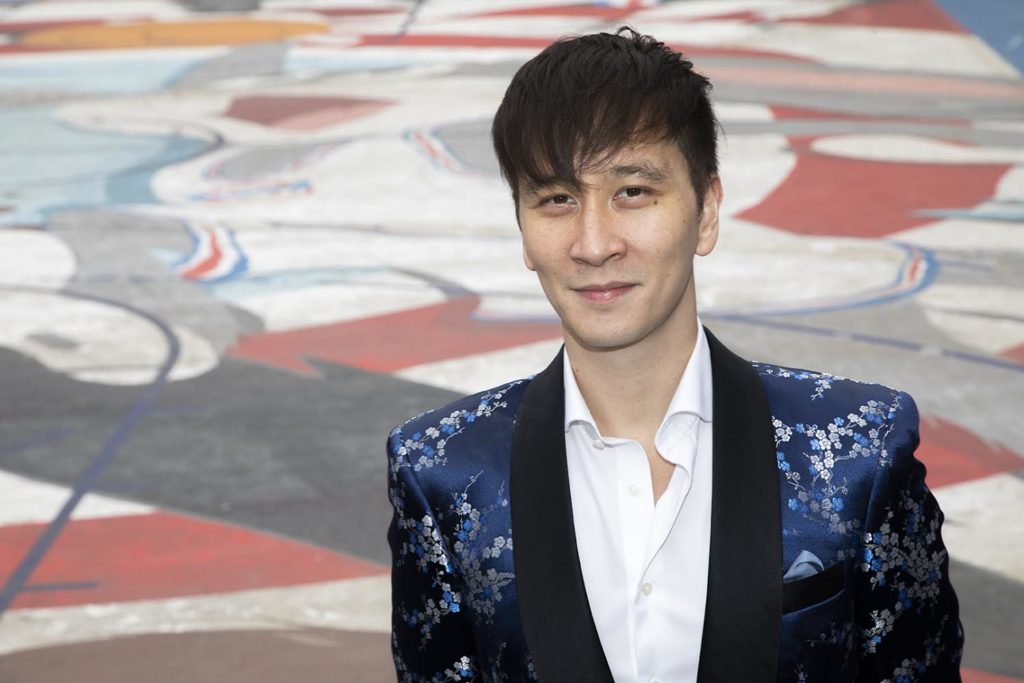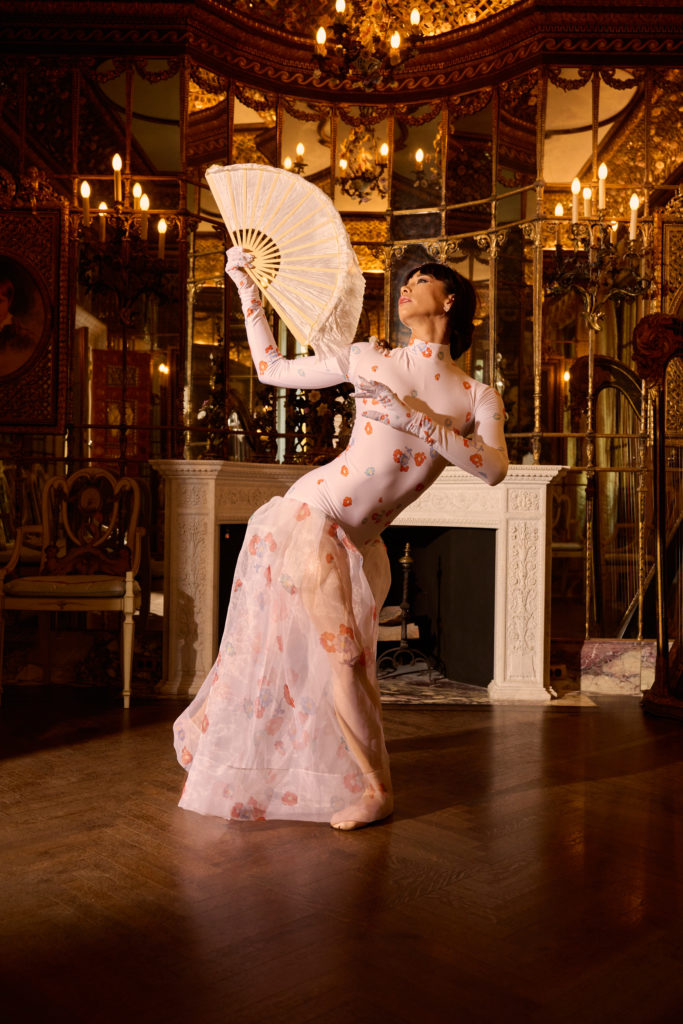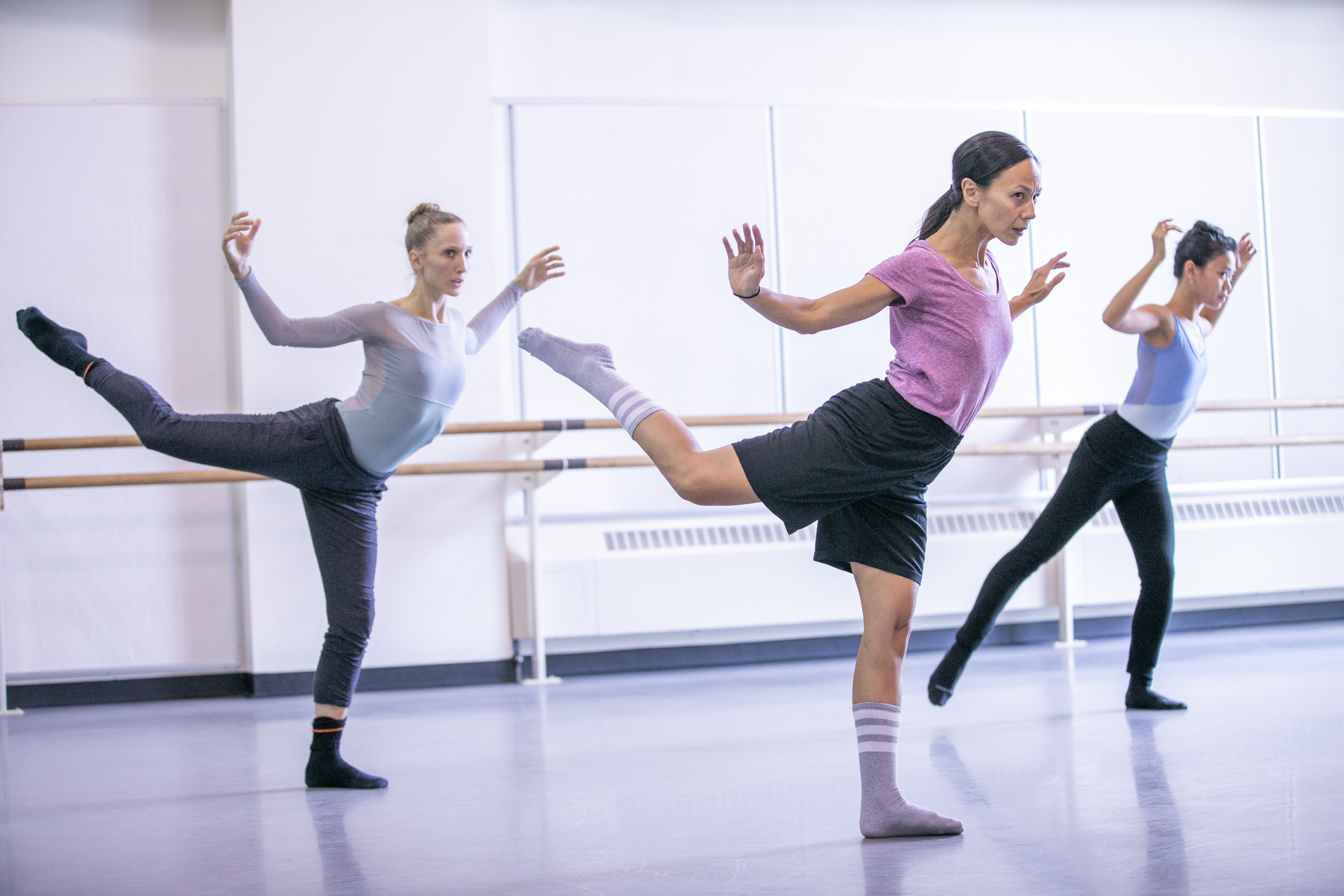Gold Standard Arts Foundation Seeks to Foster Community and Collaboration for Asian Creatives
In the five years since Final Bow for Yellowface’s inception, the organization has made significant strides in furthering the conversation around Asian representation onstage. Nearly 100 dance and arts leaders have signed their pledge to eliminate yellowface, a practice in which usually white dancers perform caricatured or stereotyped portrayals of Asians, from productions. Some companies have recently taken that commitment a step further by replacing offensive costumes and choreography with characters that better represent the culture: Pacific Northwest Ballet, for example, introduced the Green Tea Cricket, a celebratory nod to Chinese culture, in its Nutcracker.
But after the March 2021 shootings in Atlanta that claimed the lives of eight people, six of them Asian women, founders Phil Chan and Georgina Pazcoguin realized more needed to be done to organize as a community. “There isn’t a space for us like a Ballet Hispánico or Dance Theatre of Harlem,” says Chan, an arts administrator, educator and choreographer and the author of Final Bow for Yellowface: Dancing Between Intention and Impact. “That was the impetus of deciding that we really need a service organization, a home, for supporting Asian creatives who want to collaborate in dance.”

That is how Gold Standard Arts Foundation, which officially launches this month, was born. The organization aims to provide a space for dialogue among artists, professional development, choreographic residencies, fellowships and other resource sharing. Chan and Pazcoguin are joined by founding board members Edwaard Liang, BalletMet artistic director; Jessica Tong, associate artistic director of Hubbard Street Dance Chicago; and Michael Sakamoto, director of the Asian and Asian American Arts and Culture Program at the University of Massachusetts Fine Arts Center. Advisory committee members include Tony Award–winning playwright David Henry Hwang and Stanford Makishi, vice president for programming at New York City Center.
“It is a rarity as a woman and as an Asian American to be in the position I’m in,” Tong says, “so I understand the responsibility I have to advocate for others.”

One of the foundation’s first priorities is launching a survey, co-commissioned with Brigham Young and Drexel Universities, with the goal of capturing and recording the contributions of artists of Asian descent and holding accountable companies that have not yet hired Asian artists to tell their own stories. “We want to first collect data on our community so we can do better advocacy,” says Chan. Nine U.S. ballet companies have commissioned works by Asian choreographers to premiere by 2025 as a result of Final Bow for Yellowface’s 10,000 Dreams: Virtual Choreography Festival, which was held in May 2021. The foundation hopes to continue providing opportunities for Asian choreographers to tell their own stories onstage, while collaborating with Asian artists in other areas, such as composition, costume and set design. Mentorship will be another key component.
Pazcoguin, the first female Asian American soloist at New York City Ballet, believes a service organization like Gold Standard would have benefitted her particularly in the early stages of her career. “I didn’t realize how negatively impactful it would be for me to move to the School of American Ballet at 16 years old and not see anyone who looked like me on the photographs lining the walls,” she says. “At bare minimum, I hope Gold Standard can help other dancers of Asian descent avoid feeling that way.”




